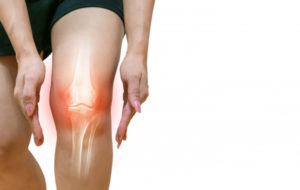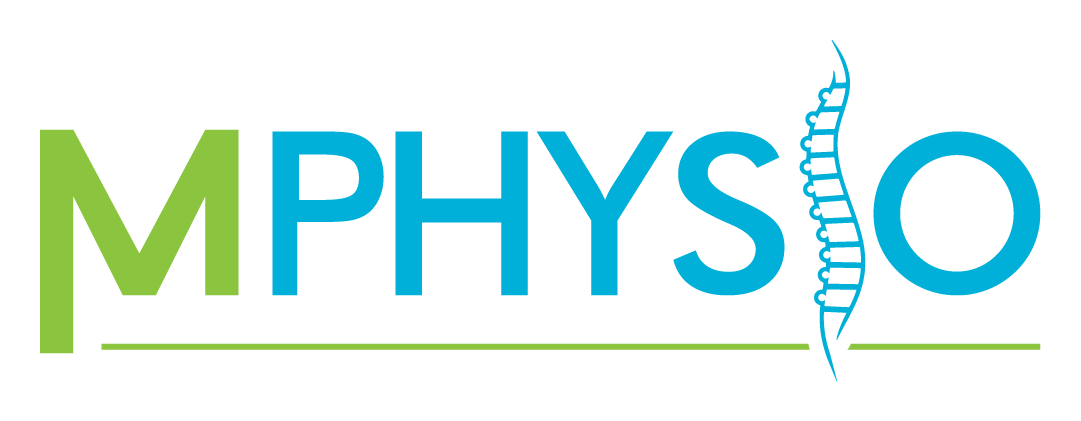Chronic Pain
Living With Osteoarthritis

Osteoarthritis is a common condition affecting mainly the older population, it can occur in any joint and may be extremely painful and debilitating.
What is Osteoarthritis (OA)?
A condition affecting the whole joint including knee ligaments, bone and cartilage, normally occurring in the older population (prevalence increases above the age of 40) but may present as early-onset in elite athletes or after trauma due to extreme stress on a joint.
People often get osteoarthritis and osteoporosis confused, however they are very different conditions. Osteoporosis is a condition of brittle/fragile bones due to decreased bone mineral density, increase the risk of breaks and fractures. OA does not directly increase the risk of fractures.
Some of the physiological changes that occur as a result of OA may include inflammation of the joint and the surrounding tissues, damage to the joint cartilage, bony spurs around the joint line and deterioration of structures including ligaments and tendons. This can occur at any joint in the body but is most common at the knee, hips and fingers. Cartilage in particular is a really important structure of the joint capsule, which is responsible for the smooth gliding movement of bones against each other, as well as shock absorption on impact and provides nutrients to the joint via a synovial fluid storage system. Cartilage is a really strong substance, however like many structures in our body does get worn down over time. Unfortunately, cartilage is avascular or has a limited vascular supply meaning that there is a limited healing capacity.
Thus, once a diagnosis of OA has been made it is a condition that must be dealt with indefinitely. Whilst this may seem daunting, there are many ways to manage OA so that you can have a fully functioning and normal life with little to no pain. We will outline some key strategies below.
Symptoms of OA
- Joint pain
- Stiffness in a joint, particularly after maintaining a sustained position
- Swelling or tenderness of the joints
Causes of OA
The causes and contributing factors of OA are attributed to
- Overweight/obesity – more loading through each joint with higher body mass
- Ageing
- Joint injury
- Defects in the joint or surrounding tissue e.g. genetic defect in joint cartilage
- Overuse due to occupation or sport – overload/ stress on joint may contribute to early onset OA
Management and Treatment of OA
There are many suggested strategies to help manage the progression of OA as well as the symptoms such as pain, inflammation and stiffness. When well managed, sufferers of OA can go about their daily life and aren’t limited by their condition. Strategies include addressing the causes, so this means a targeted weight loss program if you are overweight, exercise programs tailored to your condition and ability as well as other pain management strategies.
Exercising with OA can be really confusing for people, as often movement appears to be what is painful, and so people think they should cease activity to help their pain. In fact, we now know that exercise, particularly a strengthening program, is really important to help manage the condition. What is important is to be able to modify the exercise and activities that you enjoy to maximise their benefit. For example, we want to limit high-impact, high-stress loading on the joint, but low-impact activity like walking or swimming is really critical for maintaining cardiovascular fitness. Weight or strength based exercises is also key to increase the musculature’s ability to support and protect the joint. By strengthening the muscle system, surrounding muscles can help to compensate for the lack of support from inflamed or damaged tissue. Range of motion exercises are another type of exercise that can be used to help address joint stiffness, and maintain functional mobility. Of course, exercise and what is appropriate is going to vary from person to person and if you are someone suffering from OA, it would be recommended to see a physiotherapist or exercise physiologist for a specific exercise program.
Pain management strategies will vary from person to person depending on what is successful. Strategies may include pain medication (as advised by your GP), heat or cold, avoiding aggravating activities, acupuncture, and meditation or relaxation. The evidence for the previous strategies varies, which is why it is important to seek advice based on your specific condition and the severity of your OA.
Joint Replacement
For many people, a large question is “Will I need surgery?” When OA progresses significantly, it may become necessary for you to under go a joint replacement surgery. However, this decision will be made carefully, taking into consideration a number of factors including age, degree of severity and patient preference. Age is actually a really important consideration as joint replacements usually have a time limit, and so a younger patient may need multiple surgeries if they start too young. We also know that for younger sufferers of OA, joint replacement may limit their ability to participate in sport or other hobbies. When diagnosed with OA it is important to have these discussions with your health profession, and ask the appropriate questions so that the right course of treatment is adopted for you!
If you are or know someone who is suffering from osteoarthritis, contact us on 1800 992 999 or [email protected] in order to book in for an initial assessment and treatment planning today!
Imagine a life free from pain!
References
https://www.health.harvard.edu/pain/living-well-with-osteoarthritis-a-guide-to-relieving-the-pain-and-caring-for-your-joints
https://www.arthritis-health.com/types/joint-anatomy/what-cartilage
